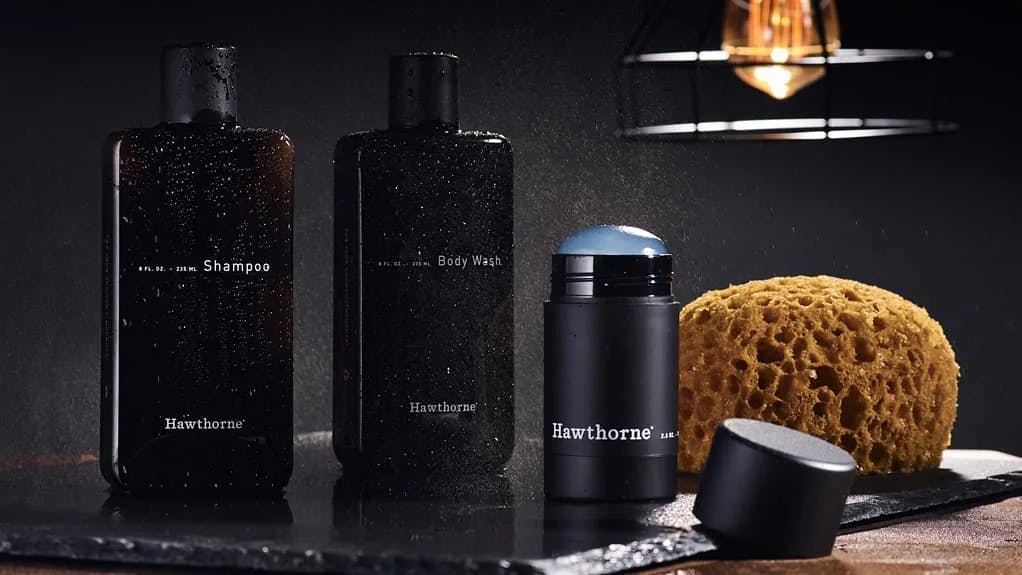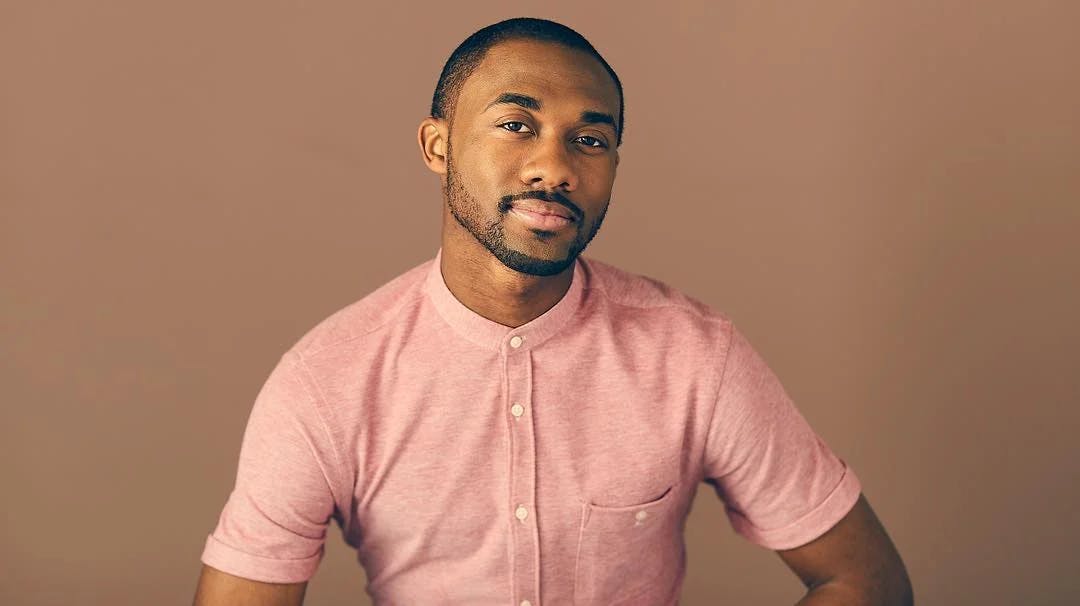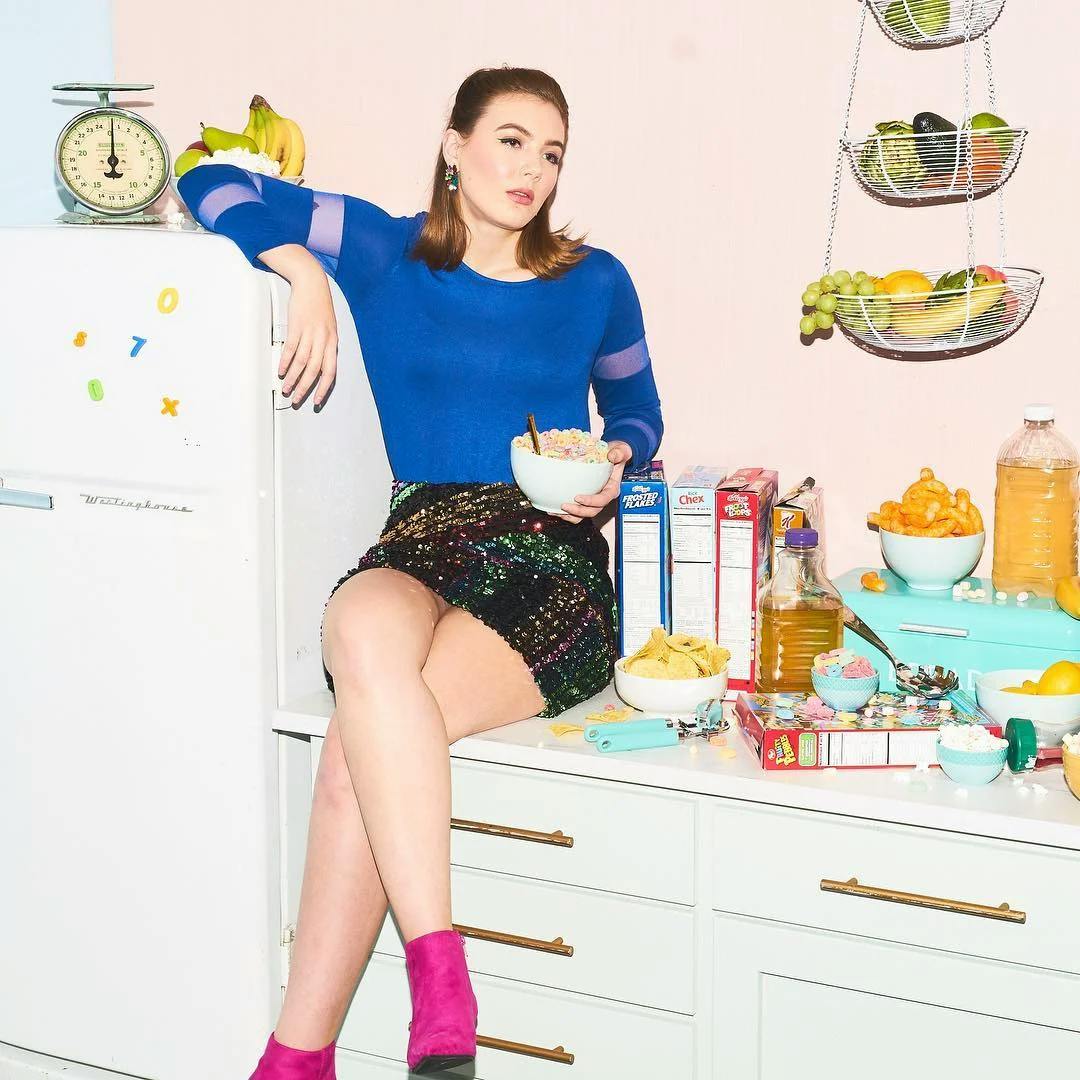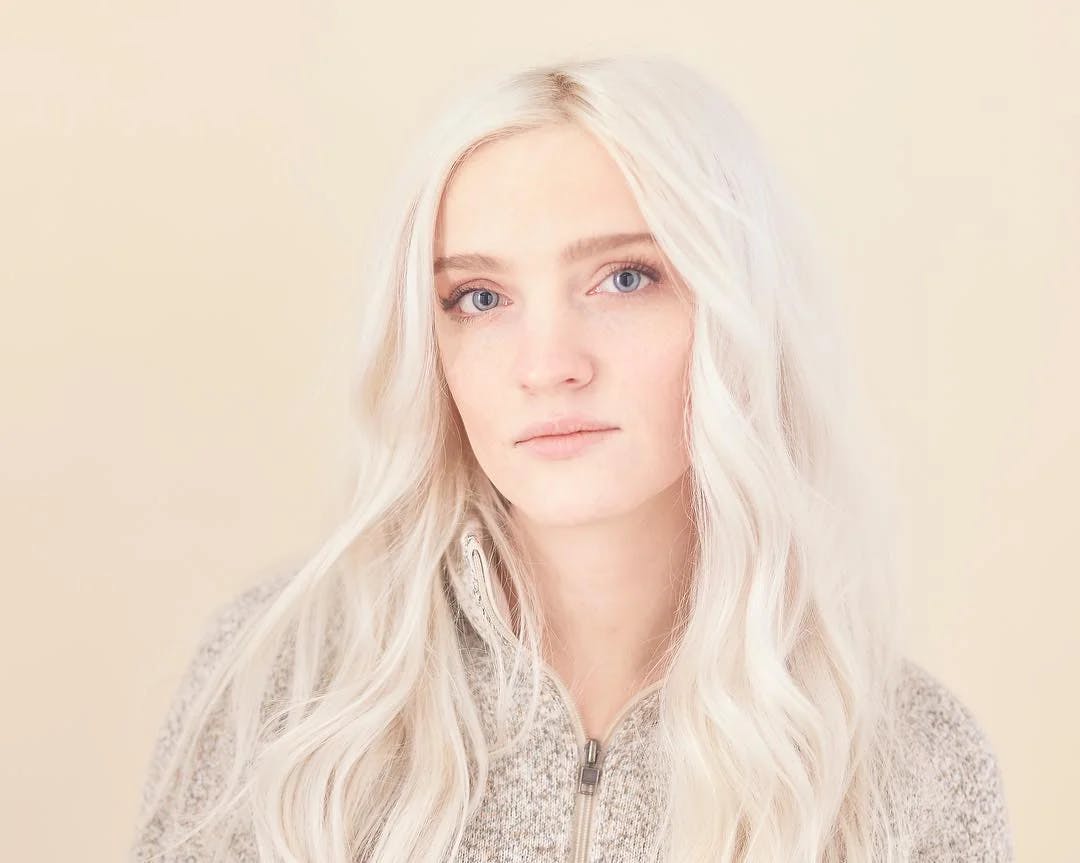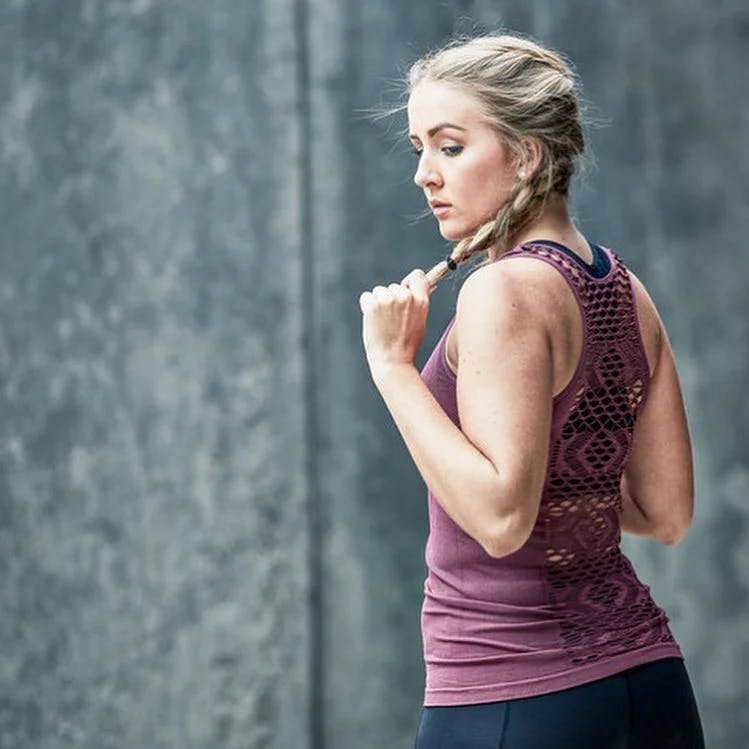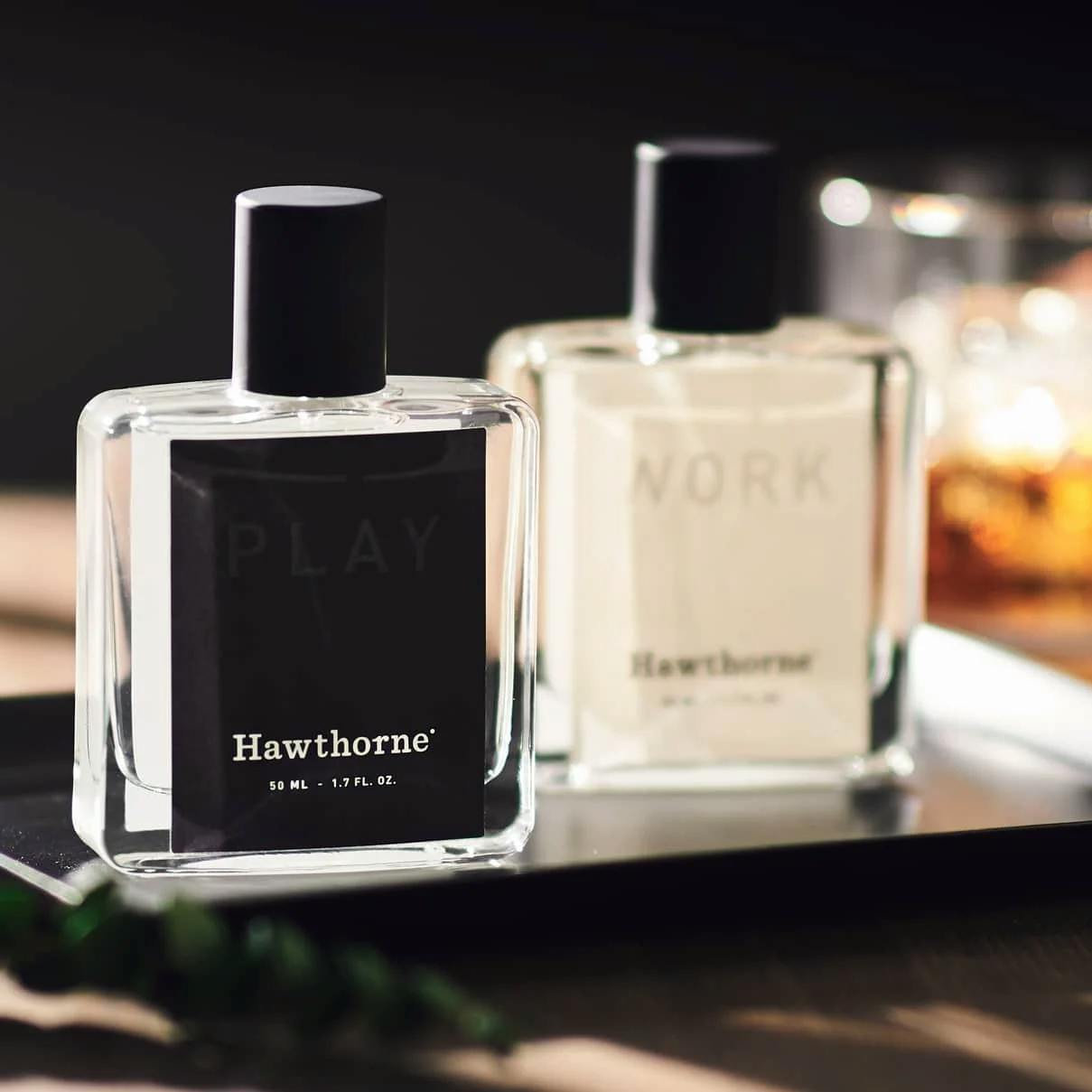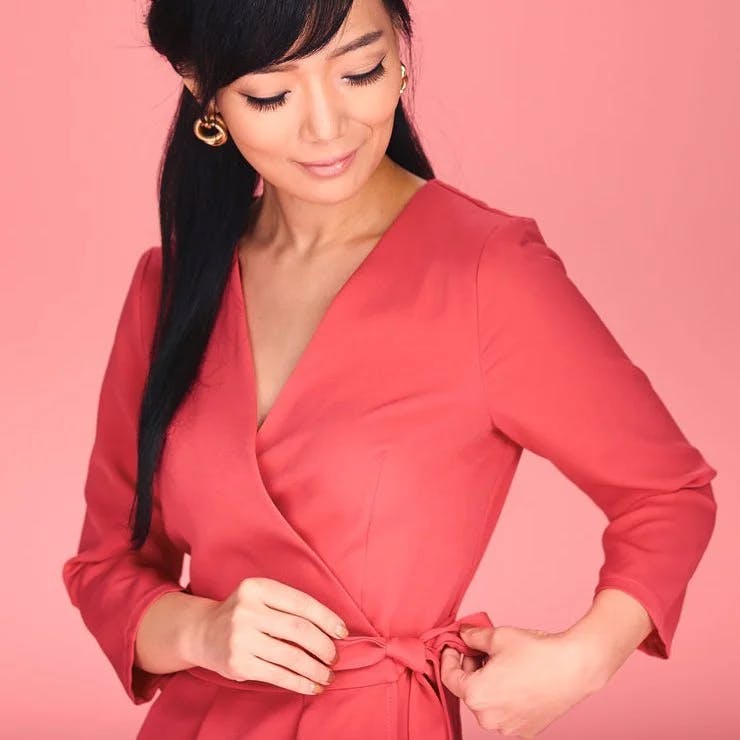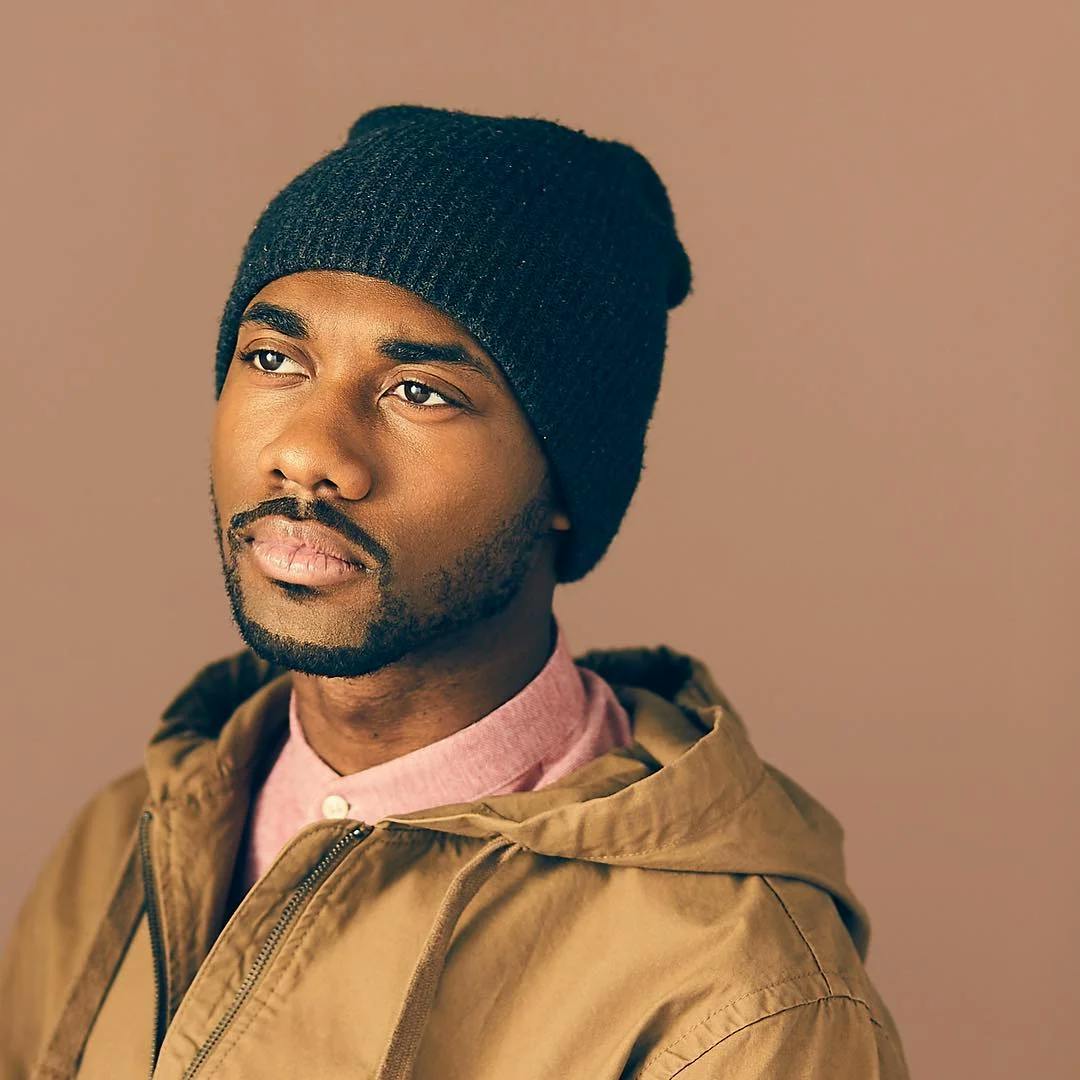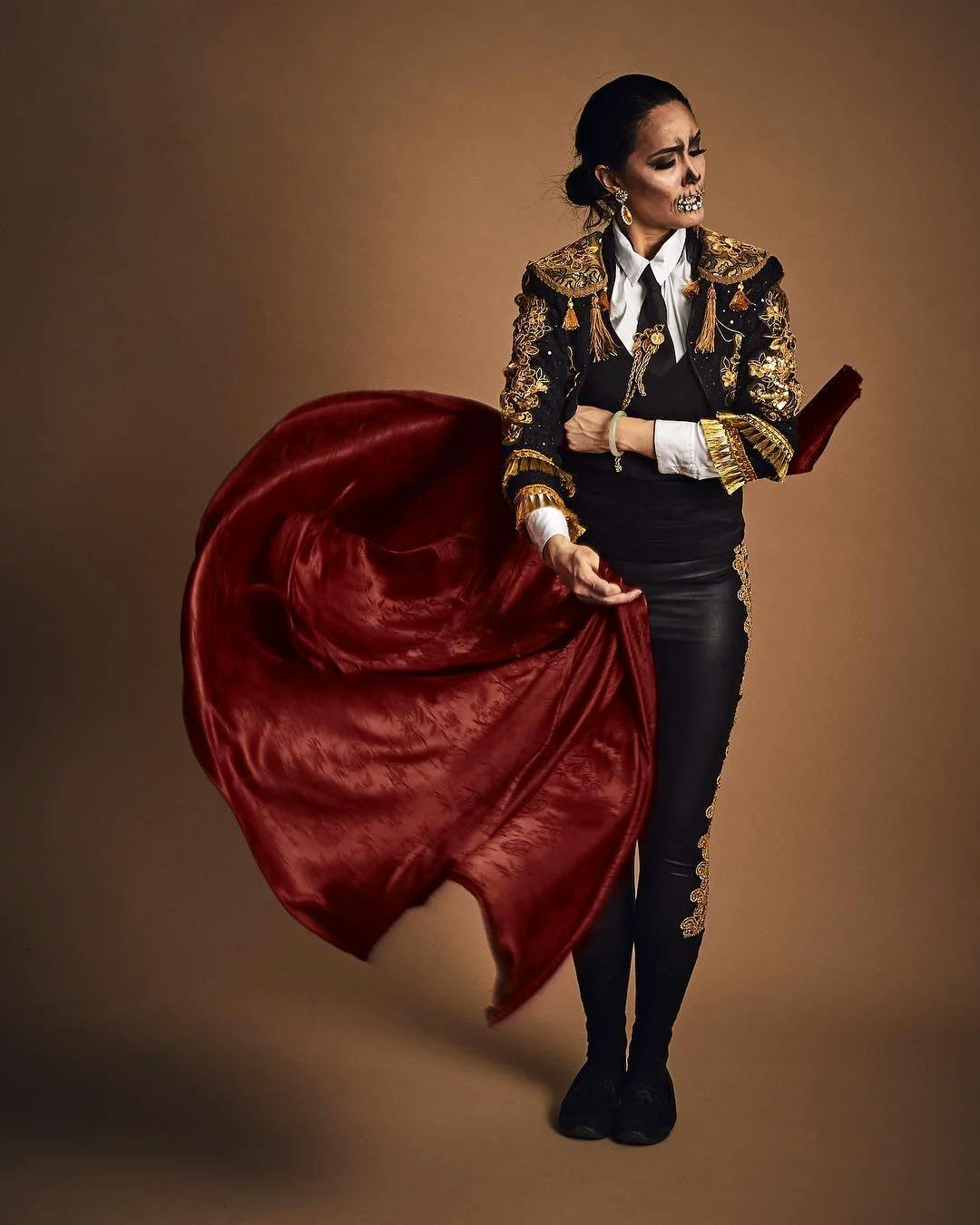Mark Page Design
Concept Artist
Art Director

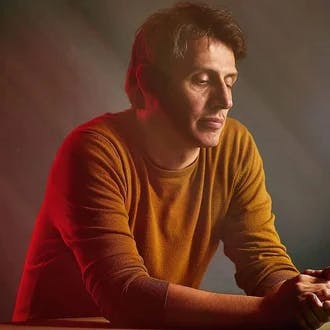
Here's a list of a few questions that I always ask before starting a new project:
1. What are your artistic goals for this project?
2. Who is your intended audience and what are you hoping to communicate to them?
3. What types of creative assets do you need? (Images, video content, graphics, GIFs, cinema-graphs, etc)
4. What is your timeline for this? When can we start and when would you like this to be completed?
5. How can we build upon what has worked before while exploring new creative approaches?
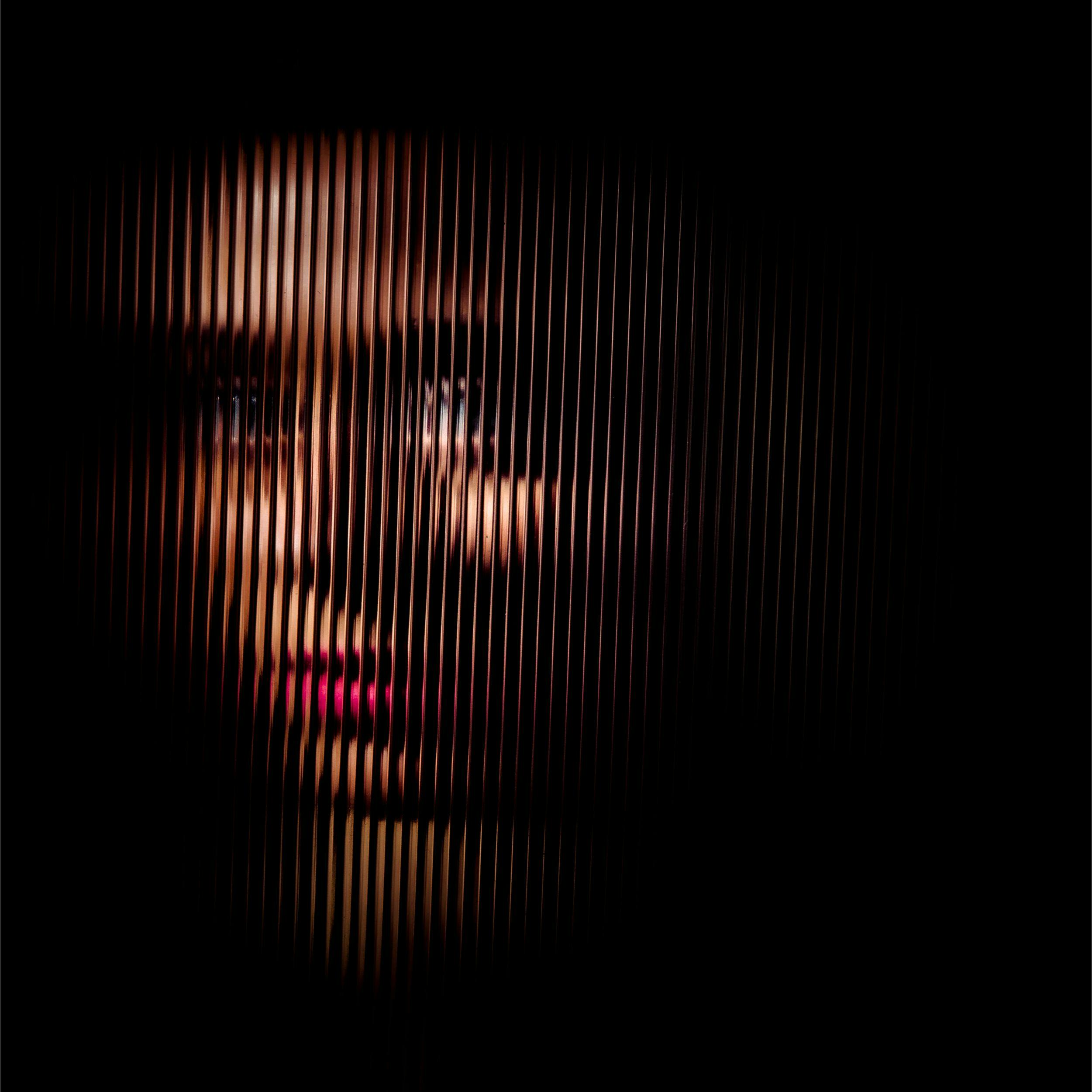
To be a creative in the US is multi-faceted. It means soaking in influences that inspire me, continually building and improving my tools, and examining what particular campaigns a brand has had success with in the past, while bringing in fresh ideas for how they might achieve their current creative goals. Inspiration is ubiquitous, and I am always keeping my eyes and ears open to who is taking creative risks that pay off, and how the creative topography is changing from year to year, or month to month.
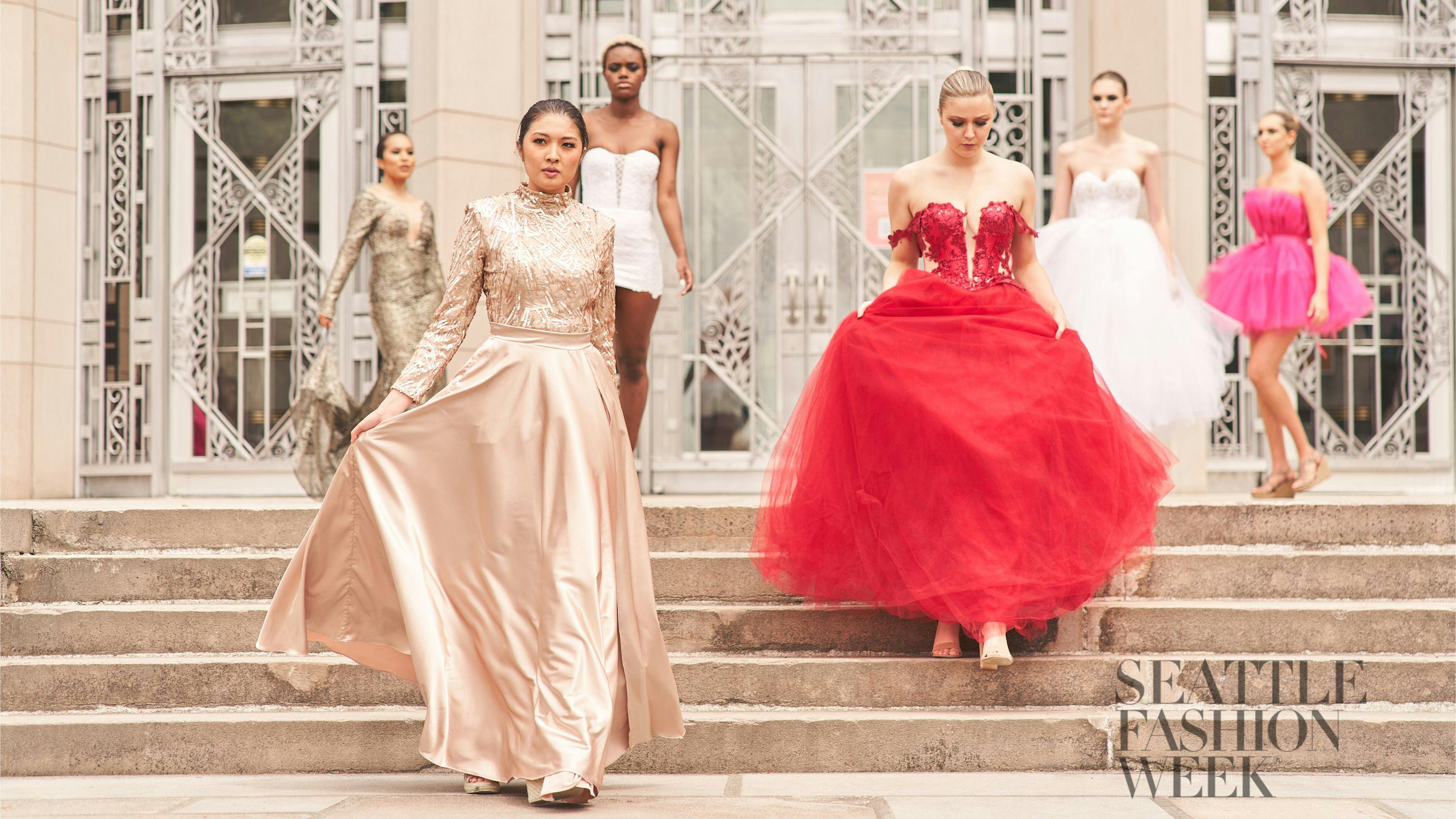
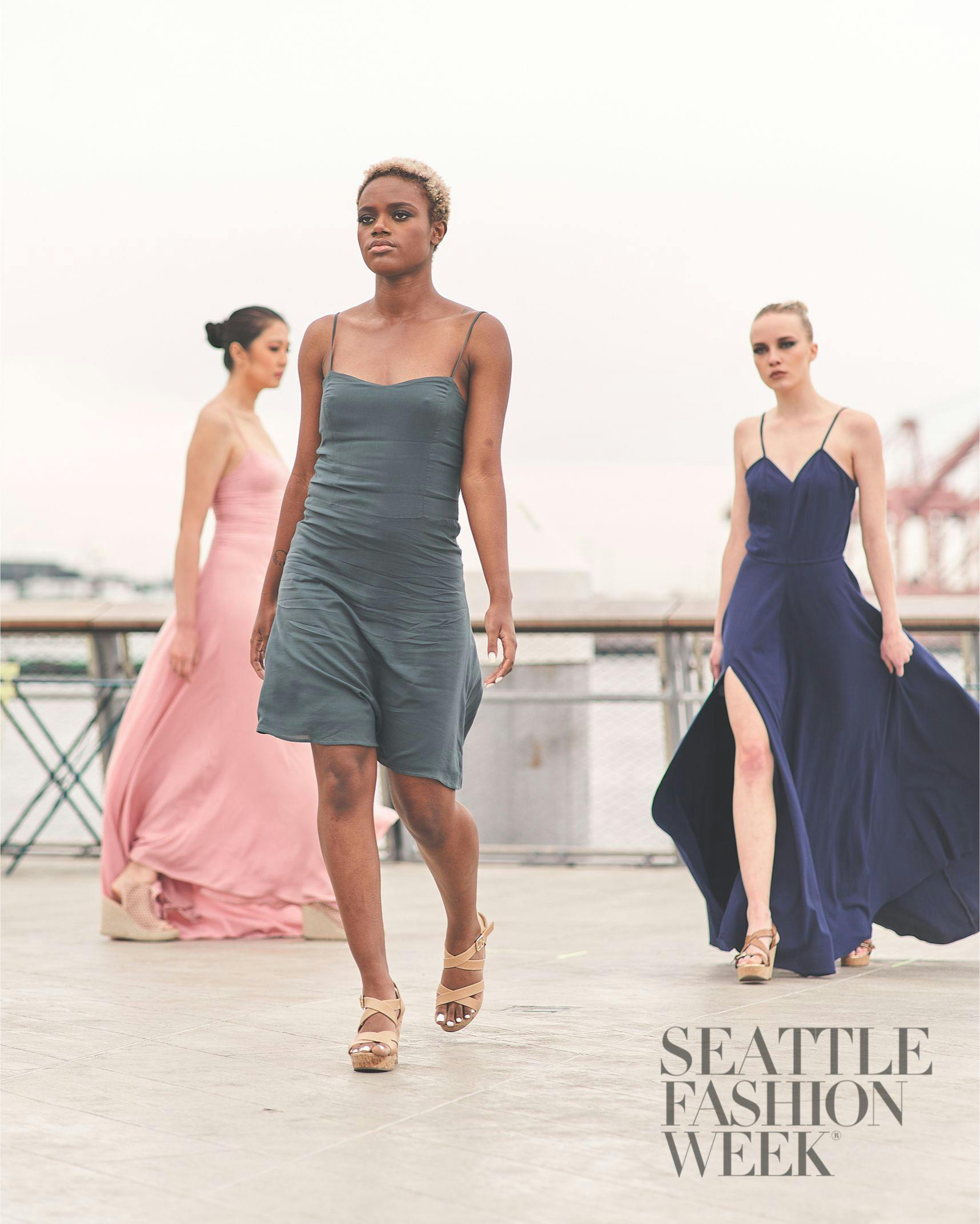
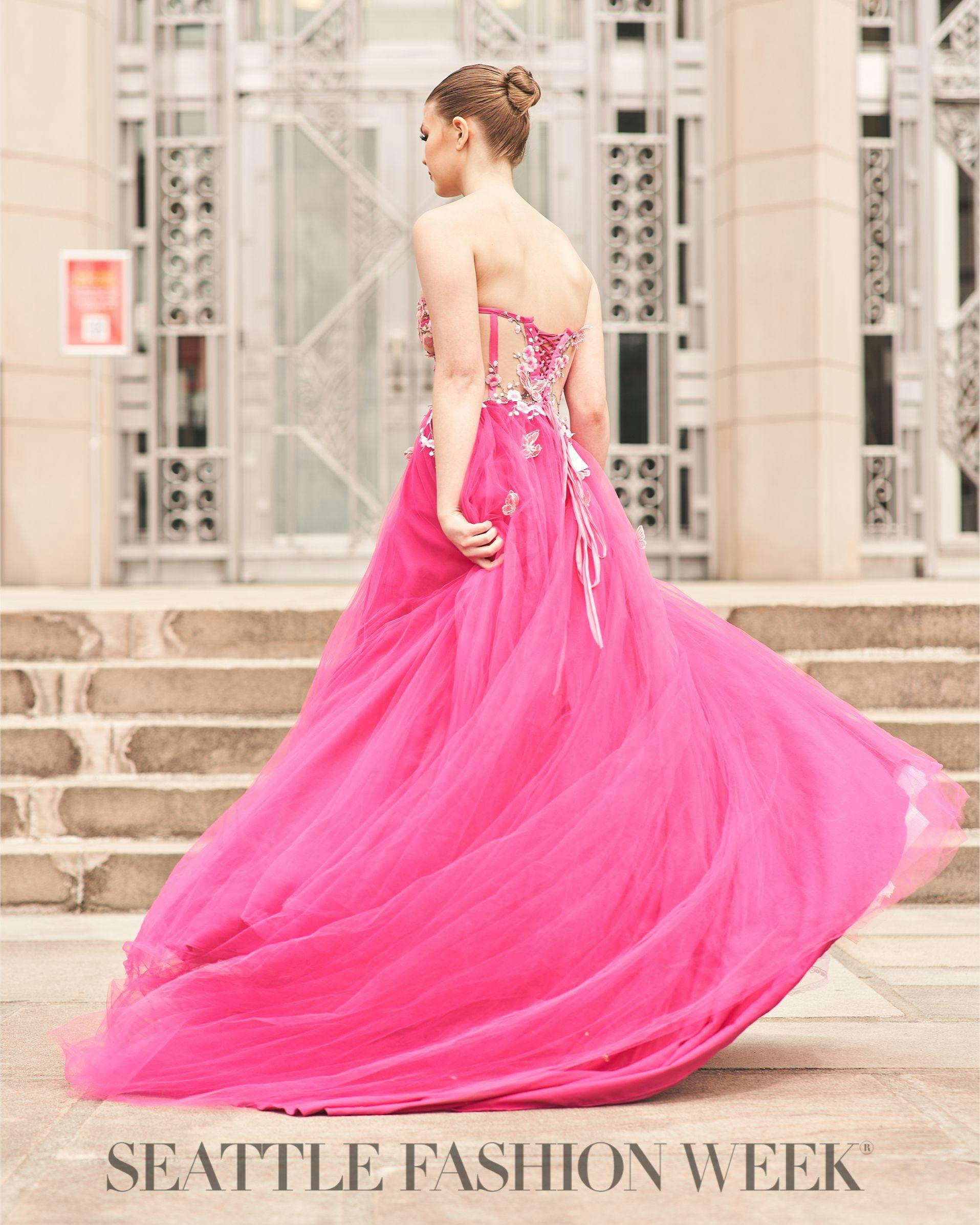
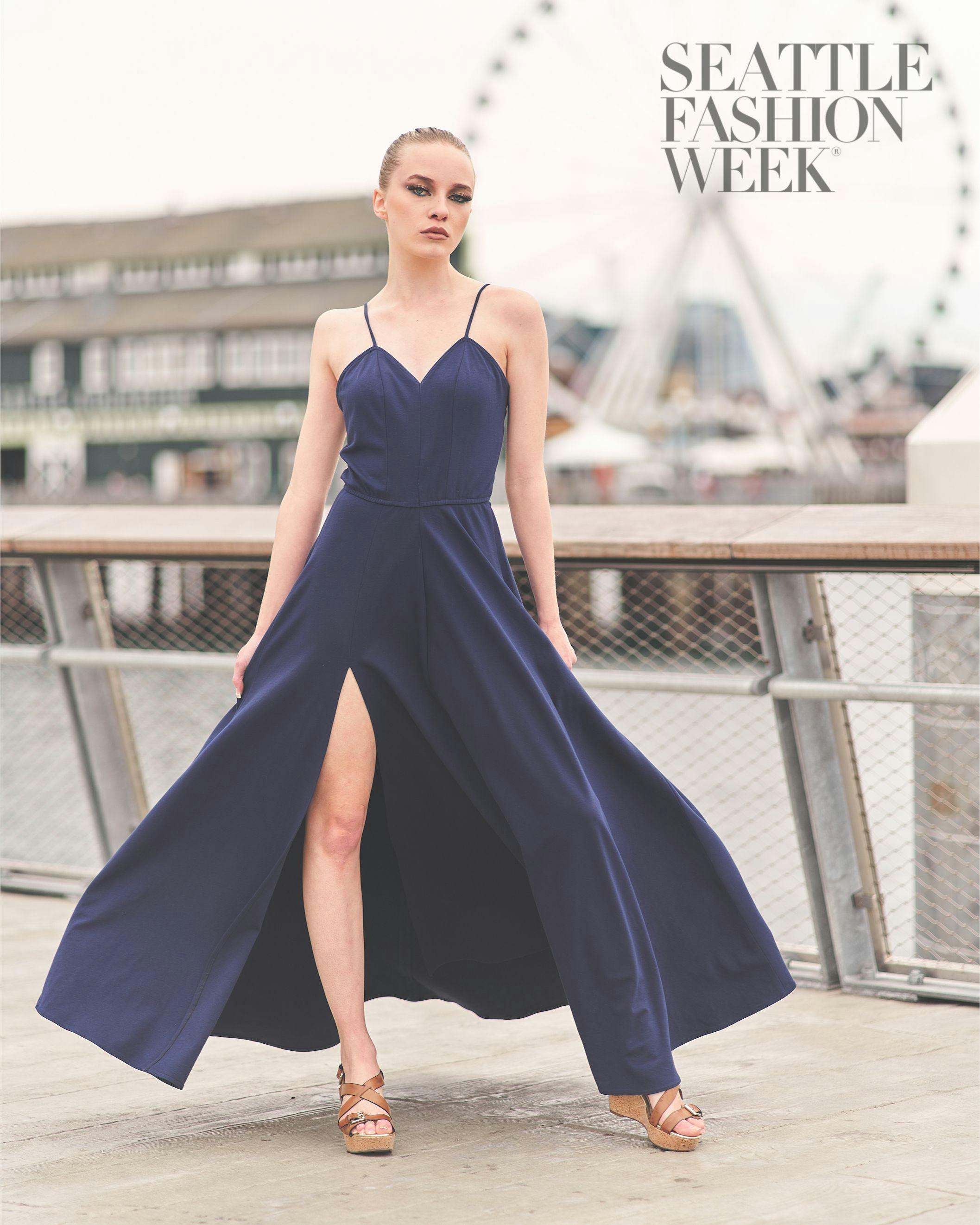
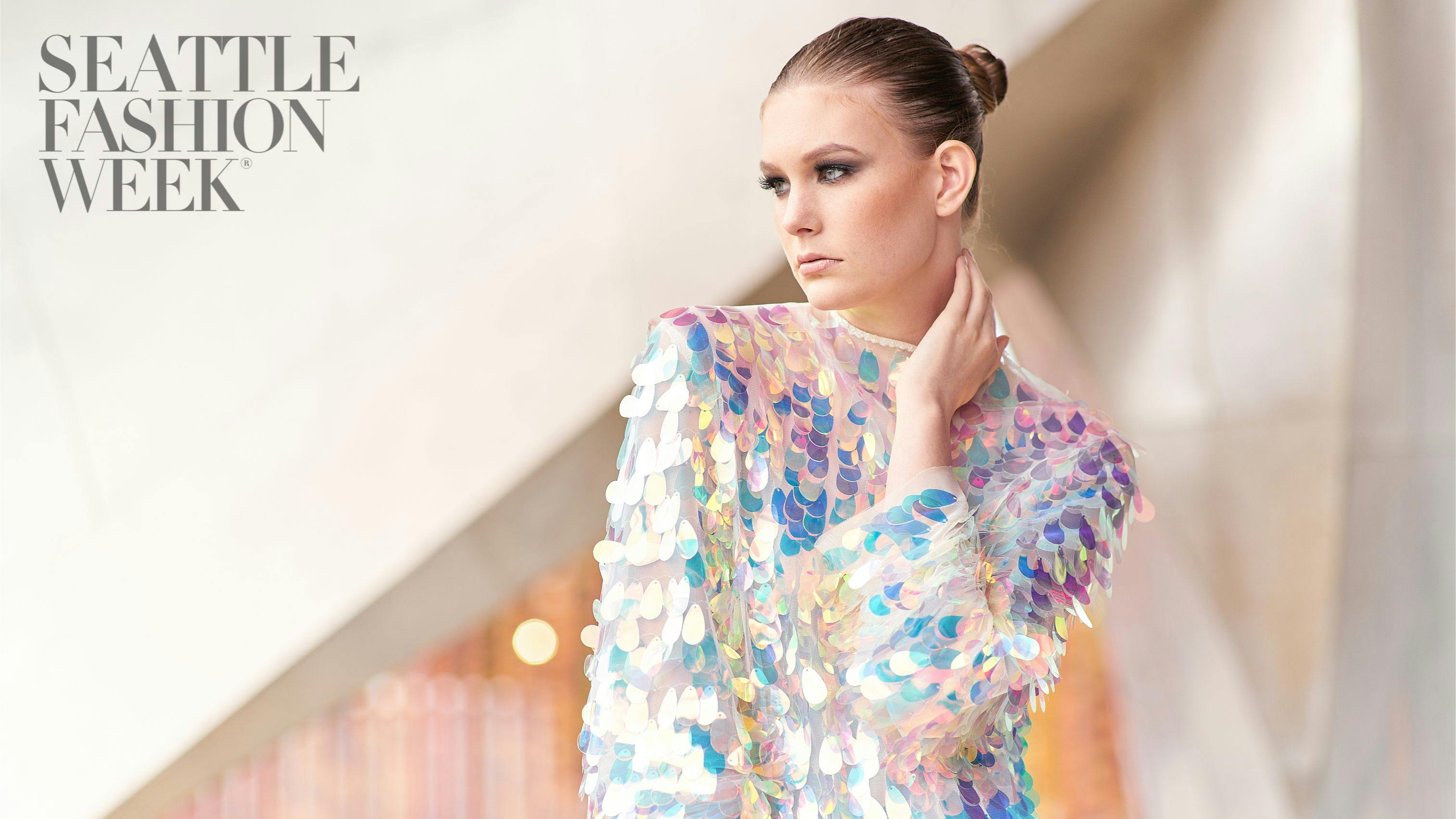
Each brand produces different products, and each brand's products need creative approaches that are specific to their function and form. I've photographed for almost a decade in studios, servicing a multitude of brands, and I am grateful to have the opportunity to creatively explore so many wonderful products. Using photography, video and stop-motion, I'm able to help move those products off of the shelf while illuminating what is special about each brand's story.
Some campaigns require lots of creative partners and tools and props and lights to best serve the look, feel and function of a product, while others require a quieter, more subtle creative approach. My expertise informs my approach, while showcasing different ways that I am able to tell a brand's story. A new shoe company might require a thorough, consistent visual approach that helps create a memorable and lasting impression on a new audience, while a recognized brand may allow for more experimentation, or a chance to expand a given brand's established relationship with their customers. Knowing how to navigate these challenges hasn't come without years of influence working with other creatives, marketing and advertising professionals, and stretching and reinventing what a brand's creative approach may be as it moves forward.
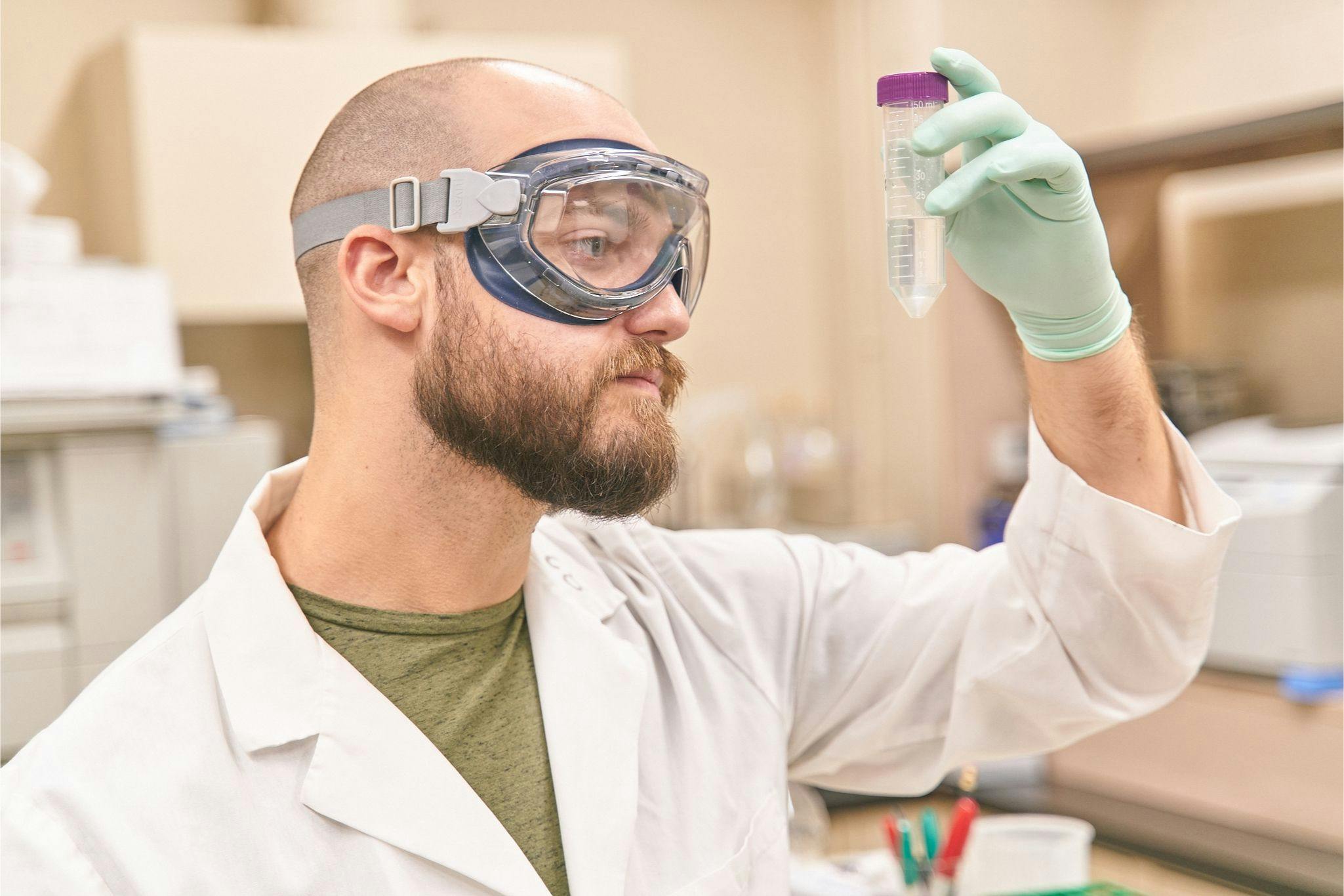
I have grown as a creative over the years, both when it comes to the artistry I am able to deliver, but also in how I balance and manage my personal life with my creative goals and those of the clients I work for.
Preparation has always been an important aspect of keeping a balanced life, so everything from storyboarding, location scouting, creative planning meetings, and test shoots have been key to keeping a project moving forward at a workable and helpful pace. That way, when unplanned changes or challenges occur, it doesn't upset the overall timeline of the project. This helps keep other things in balance that are outside of the creative work that I am doing for any particular client.
I love exploring Midjourney and Blender - both as a sources of fresh ideas and as tools that help me rethink my approach to storytelling, textures, environments, etc. With so much digitized art out there to sift through, there's a seemingly endless array of art that visually stretches my idea of what technology can do and how I might work with it.
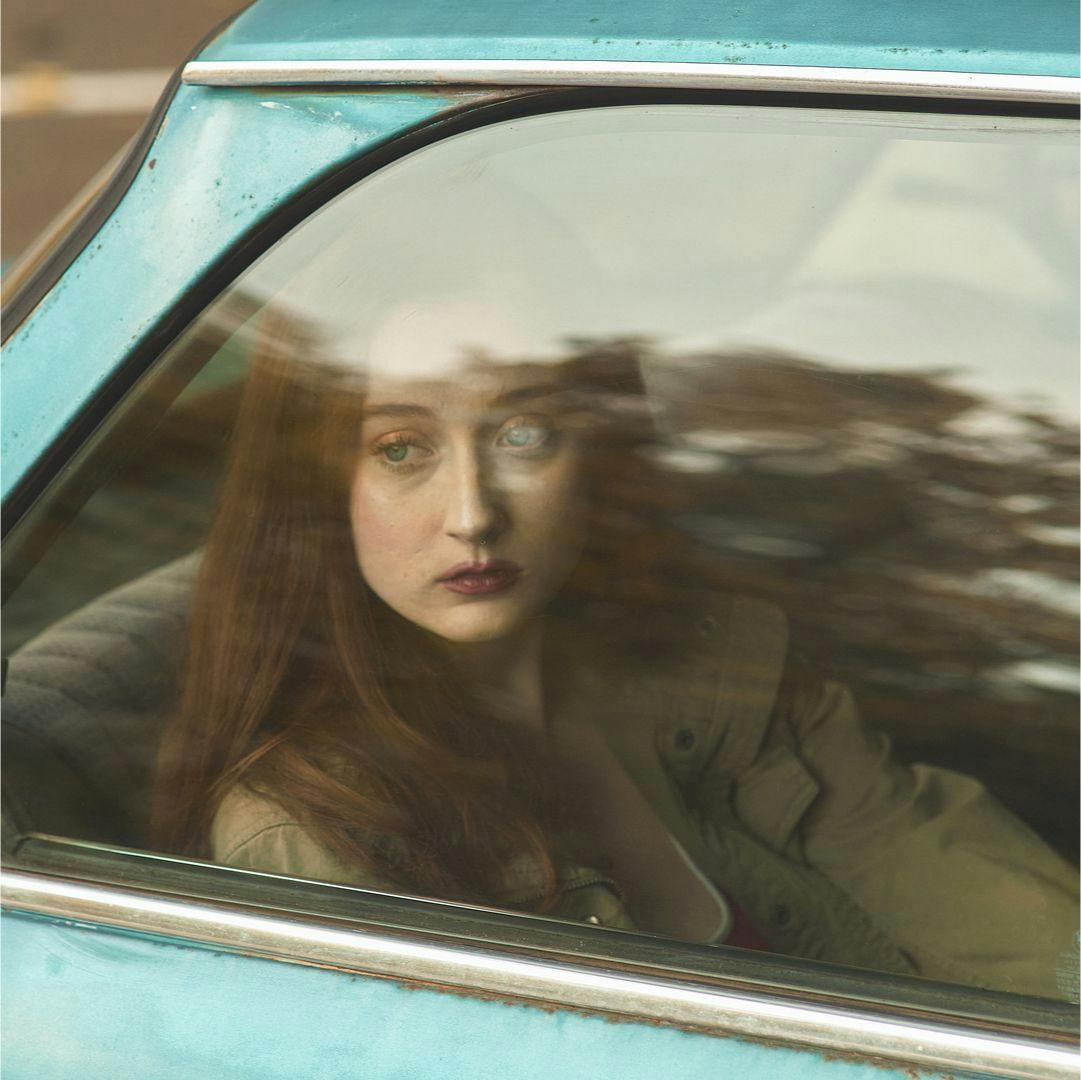
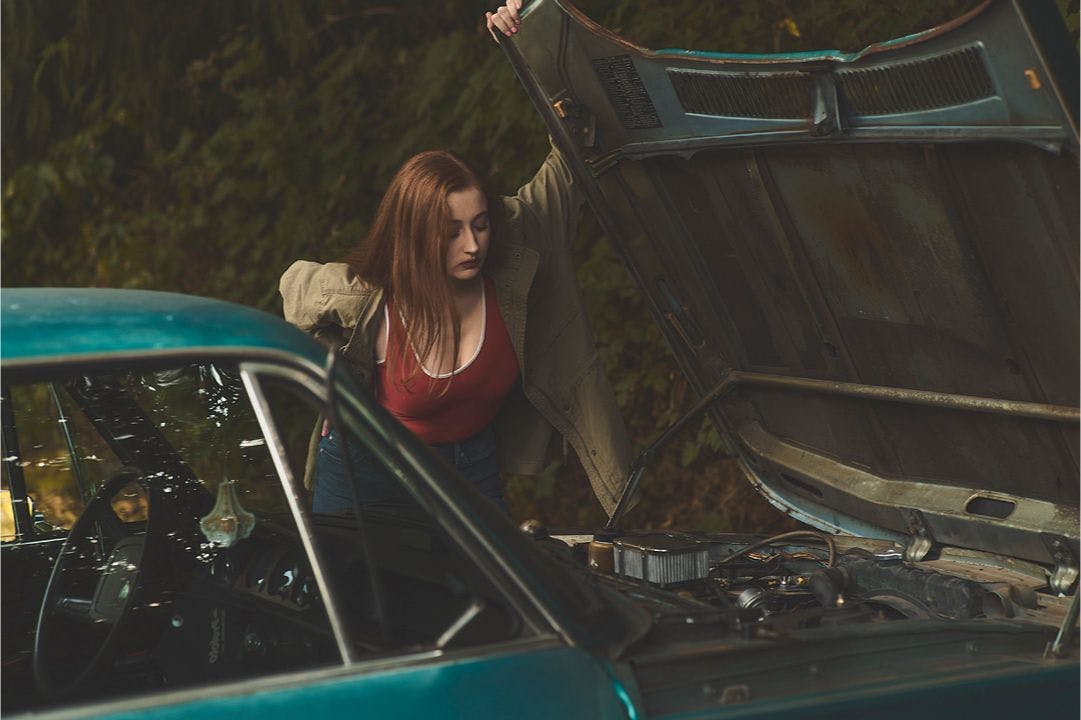
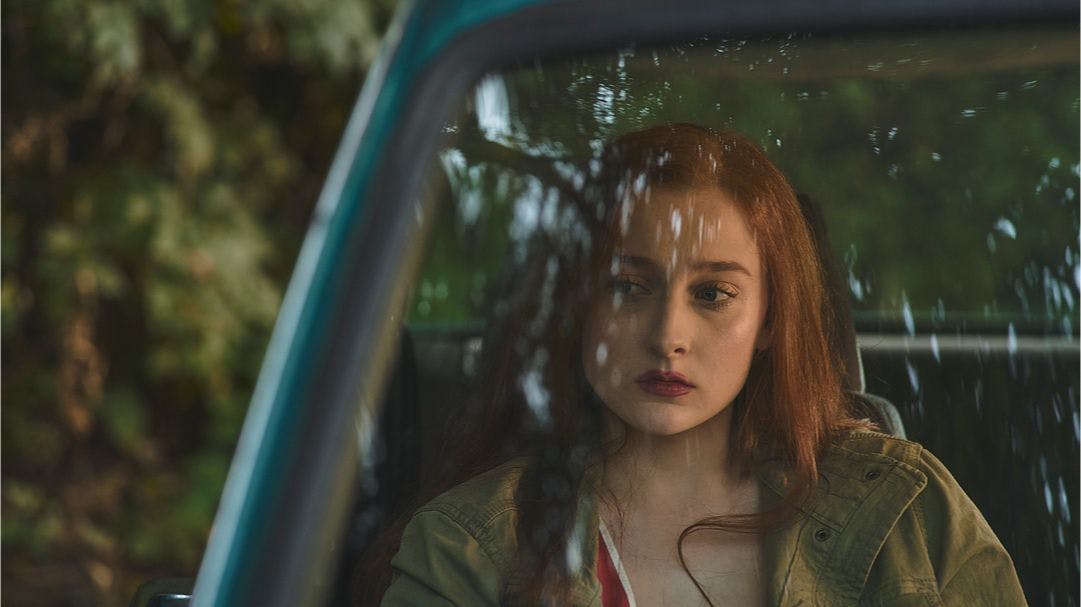
I have developed and utilize custom settings and templates, platforms for planning, recording and editing that I use on almost every project. This includes, presets, consistent lens choices, cameras and lighting. My overall pre and post-production processes are similar between projects, so because of this and these other tools, my output is visually consistent.
My first creative job was working as a Production Assistant on a film about 17 years ago. I can't remember what the title of the film was, but I remember working really attentively and working long hours. I did keep getting work as a P.A., and after a few months, I moved into grip work, and eventually gaffing and becoming a camera operator. I then moved on to shoot a documentary, and later started working in the commercial sector, shooting and editing for various brands. Since working in the commercial world, I have not only built up my skills, but i've learned how to become a leader on-set, how to creatively solve production obstacles, and I've learned a lot about working as a team with other creatives and professionals of all sorts.
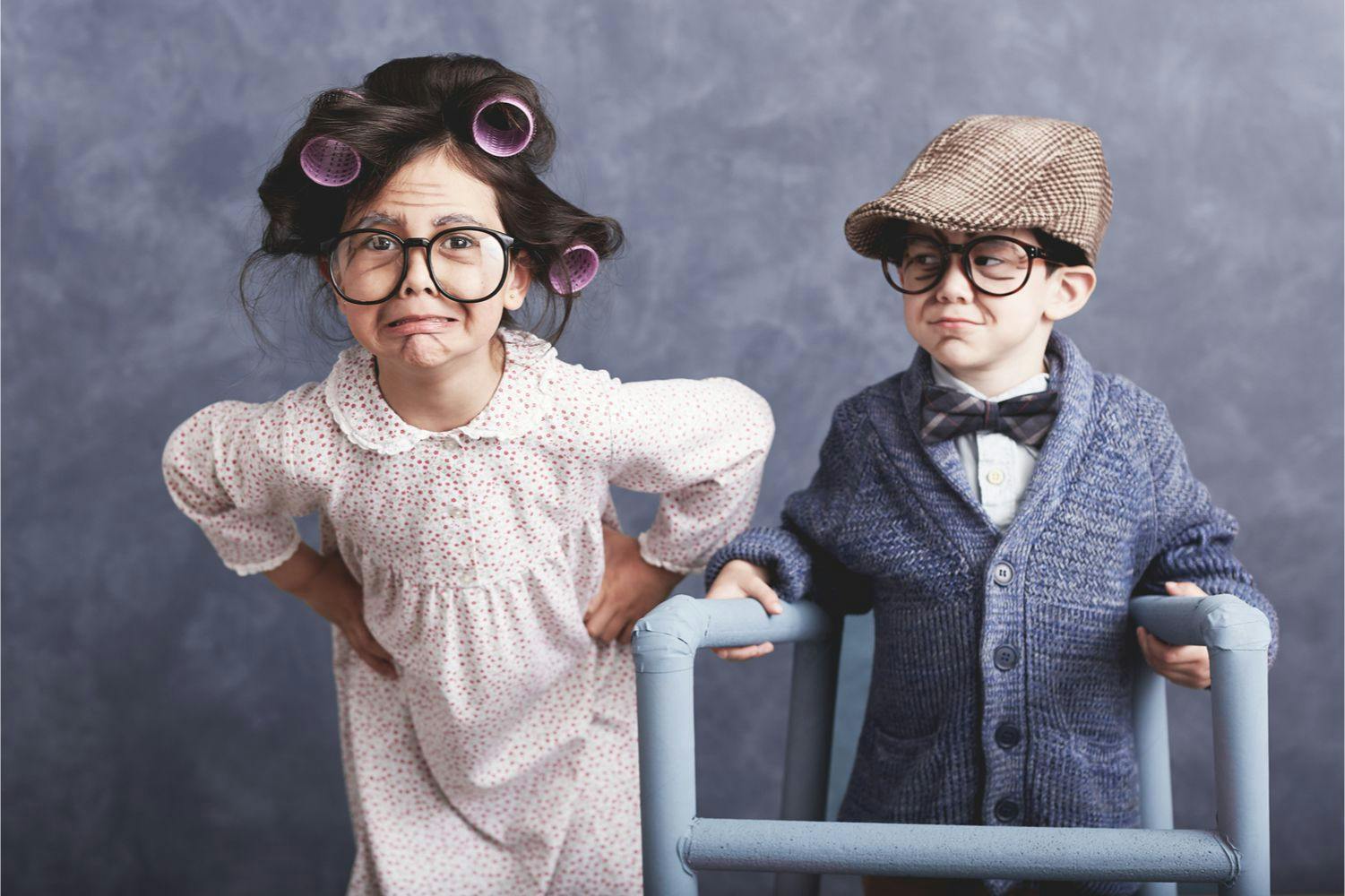
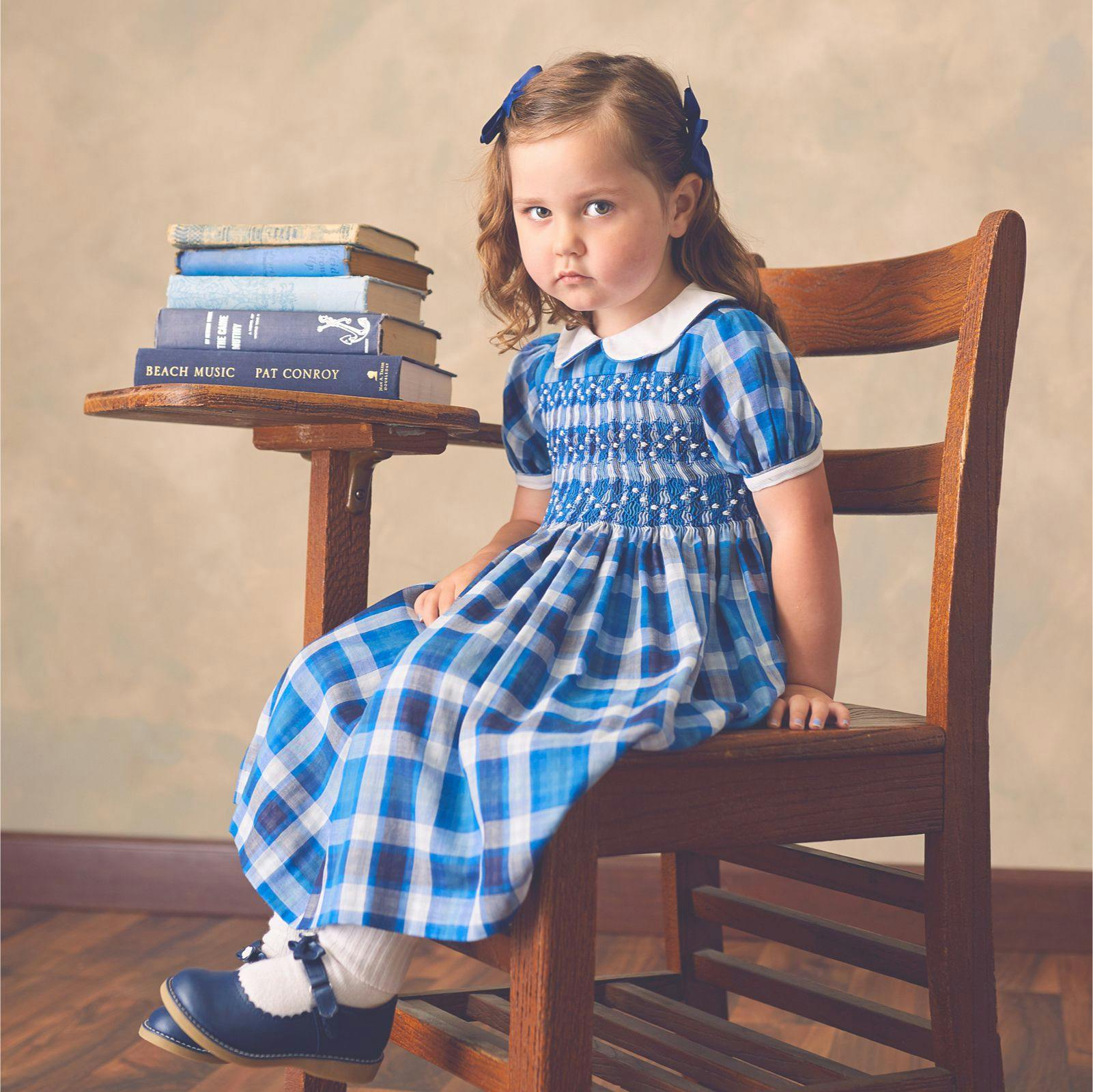
I have always been a curious person in general, so my ritual is to ask questions, dig deeper into what the idea is and how it might be worked, re-worked, and pairing those questions with the research that I have done.
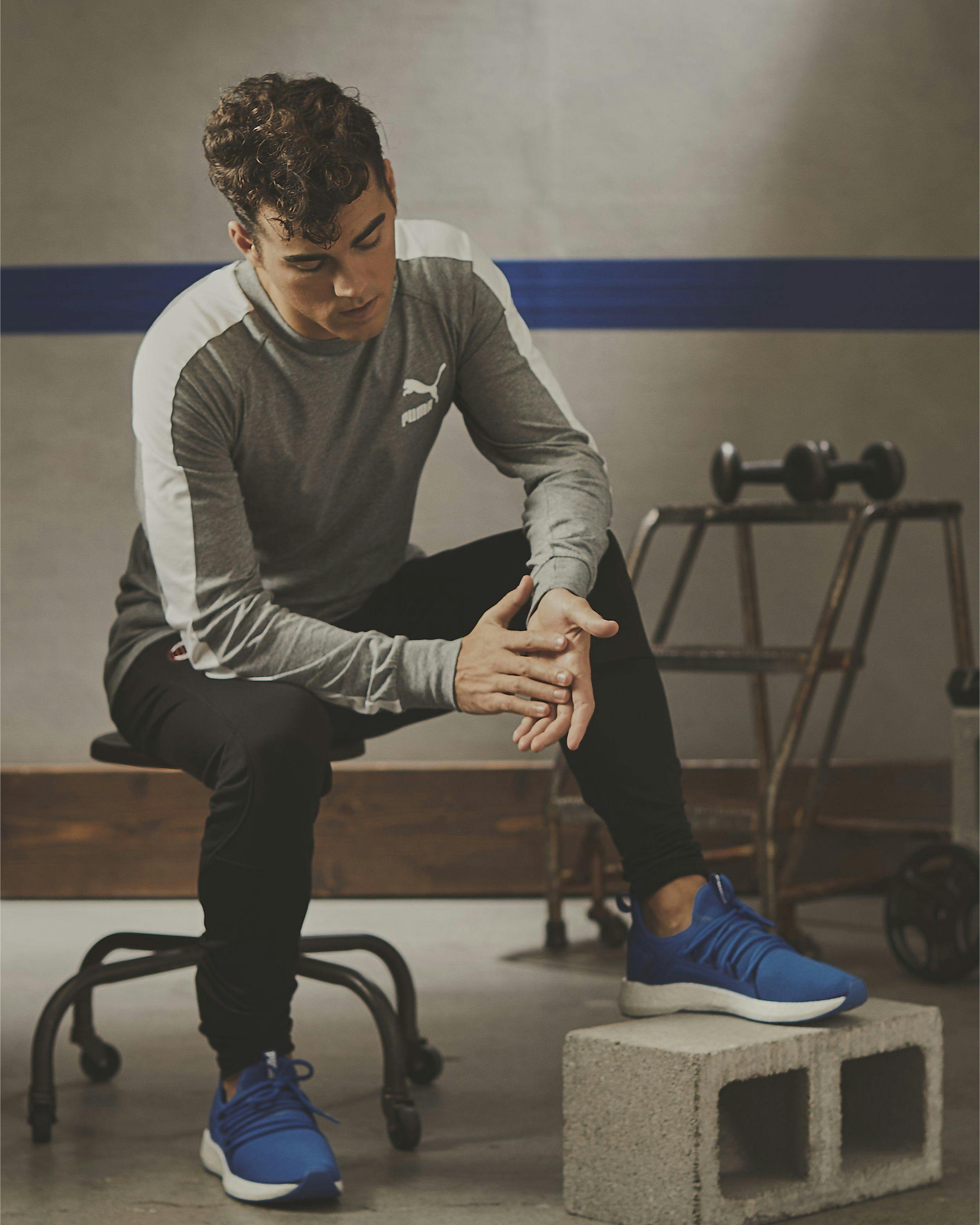
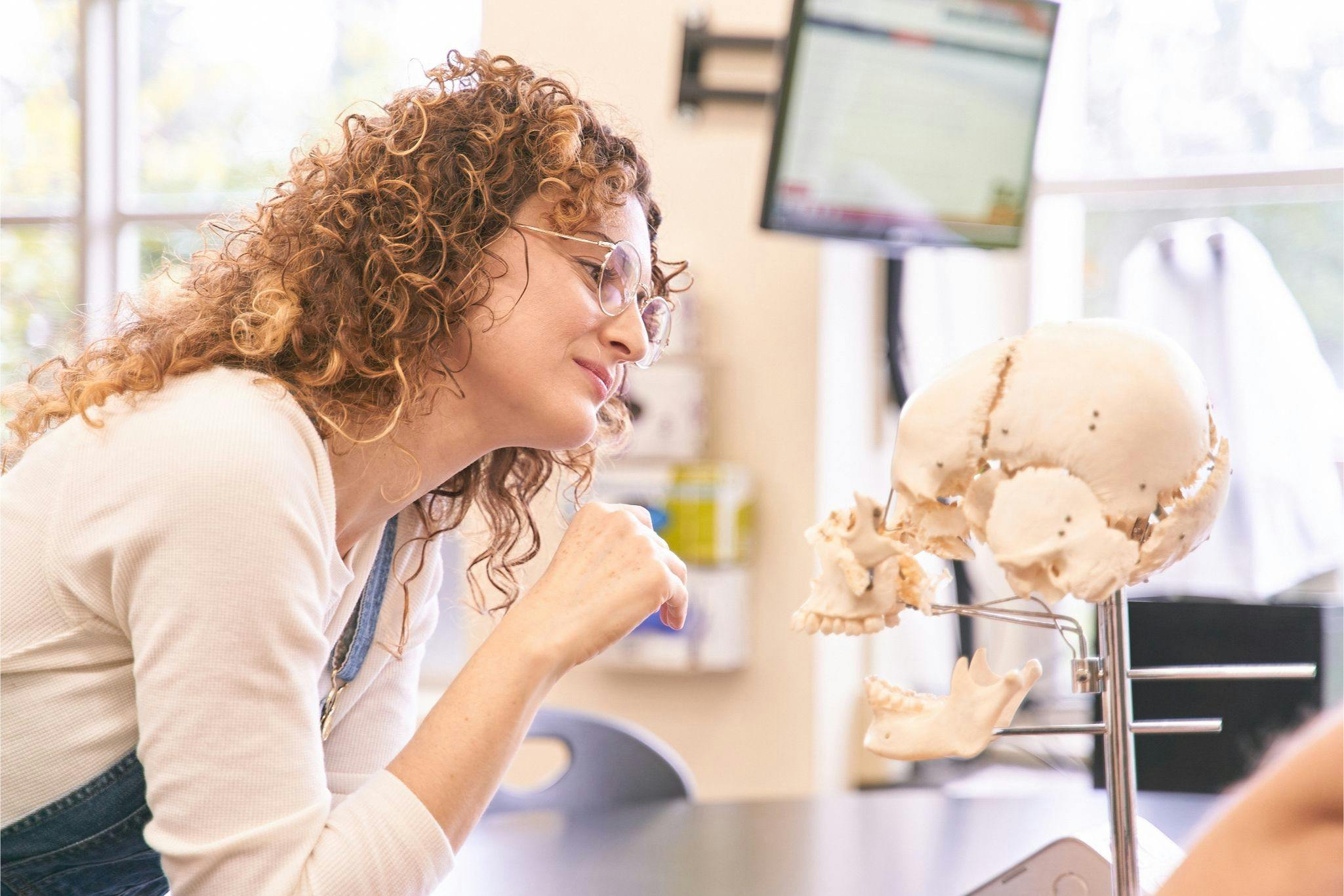
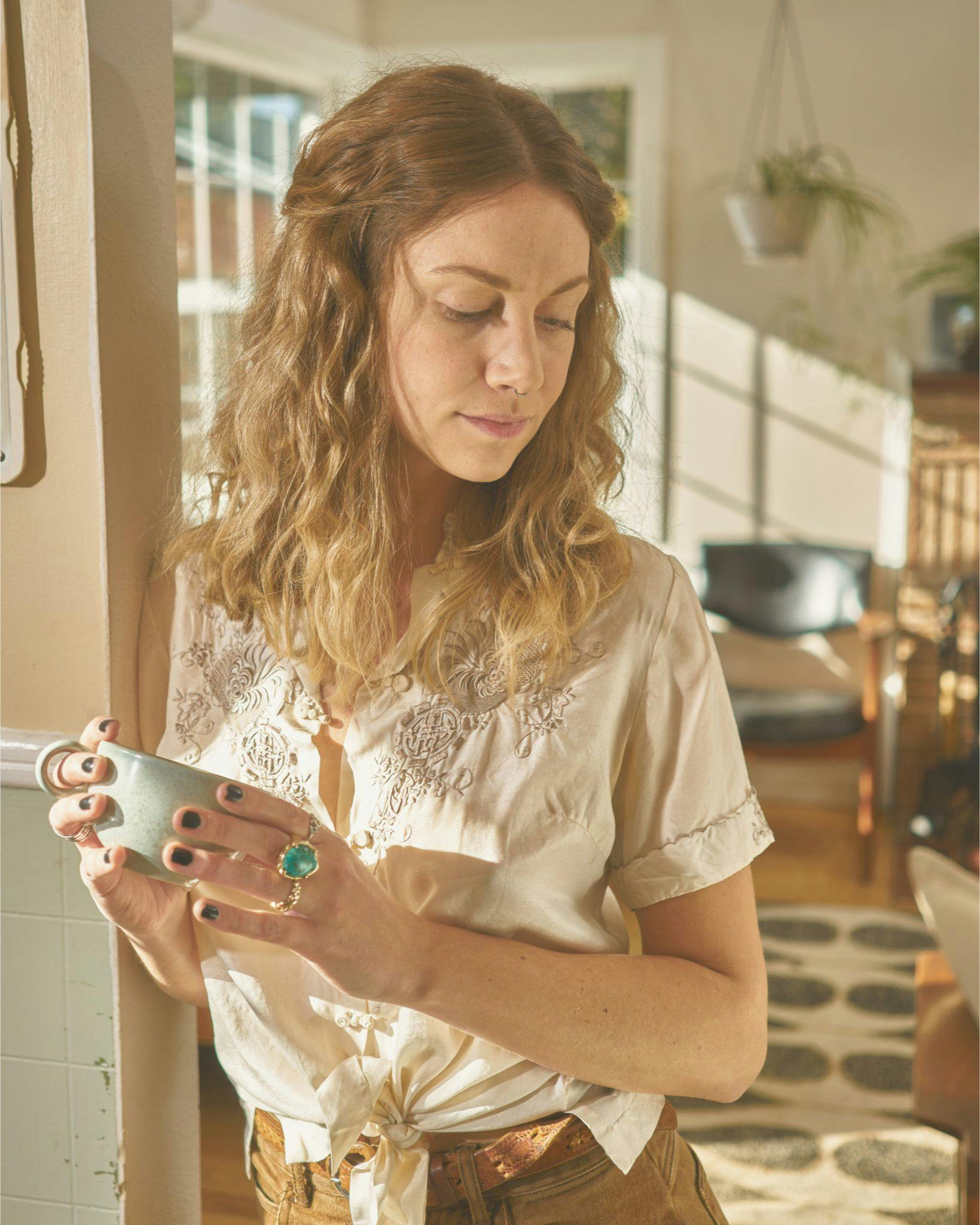
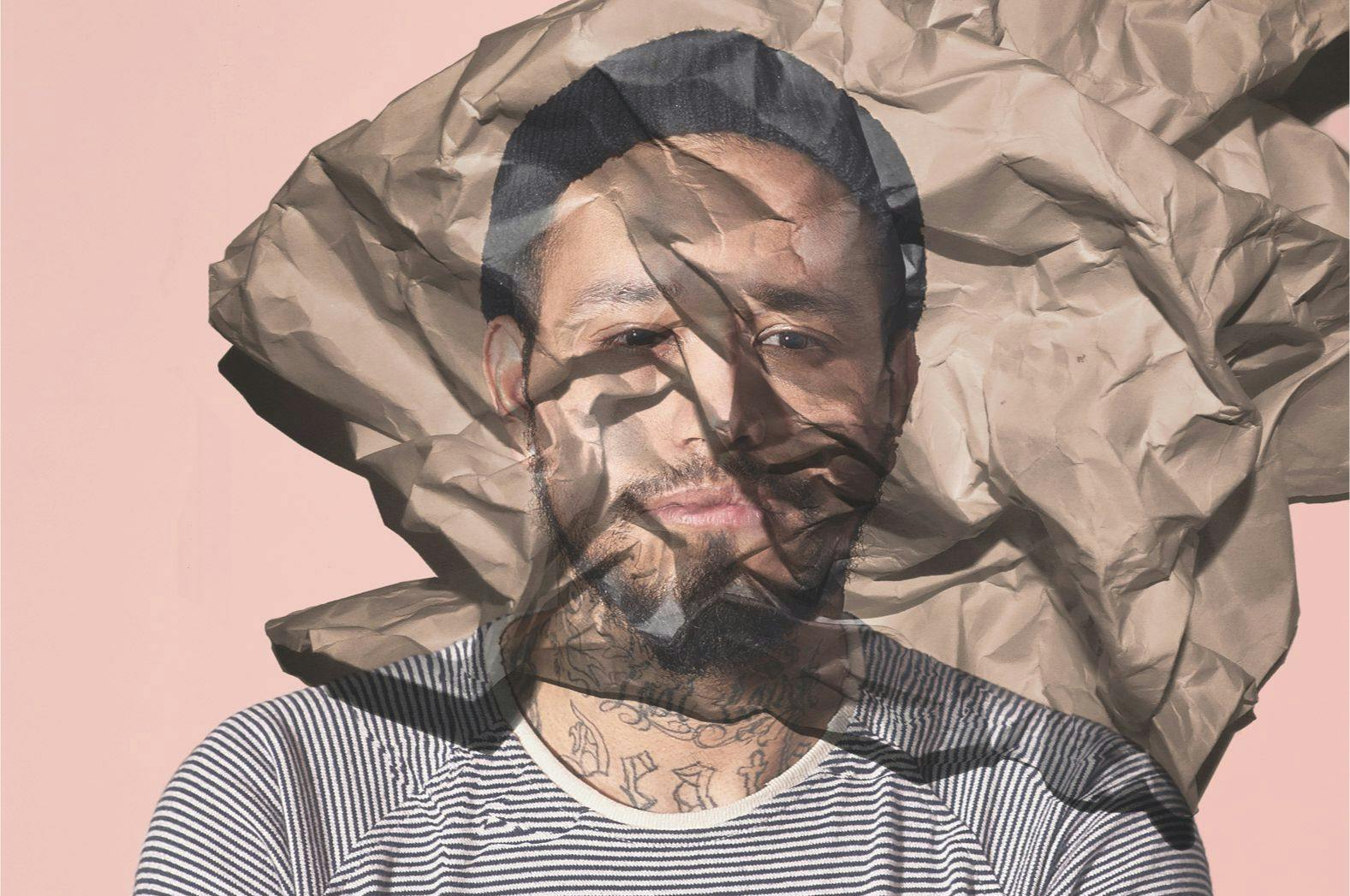
Delegation, open communication, and setting and maintaining production expectations have always been a few techniques that help prevent misunderstandings, while preparing for any and all obstacles that might be avoided. If I am working on a project and the deadline moves up, I've already had many of the necessary conversations, so when I need to pivot or course correct in order to meet the deadlines, I'm already ready to meet those challenges. As far as maintaining high-quality, knowing how to achieve a creative ask in multiple ways, along with consistent use of the same processes, templates, styles, and tools, ensures that the quality ingredients are cooked into the project from start to finish, even when under a tight timeline.

